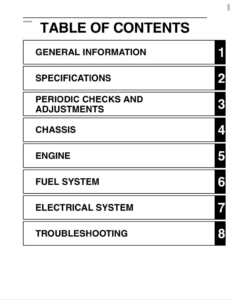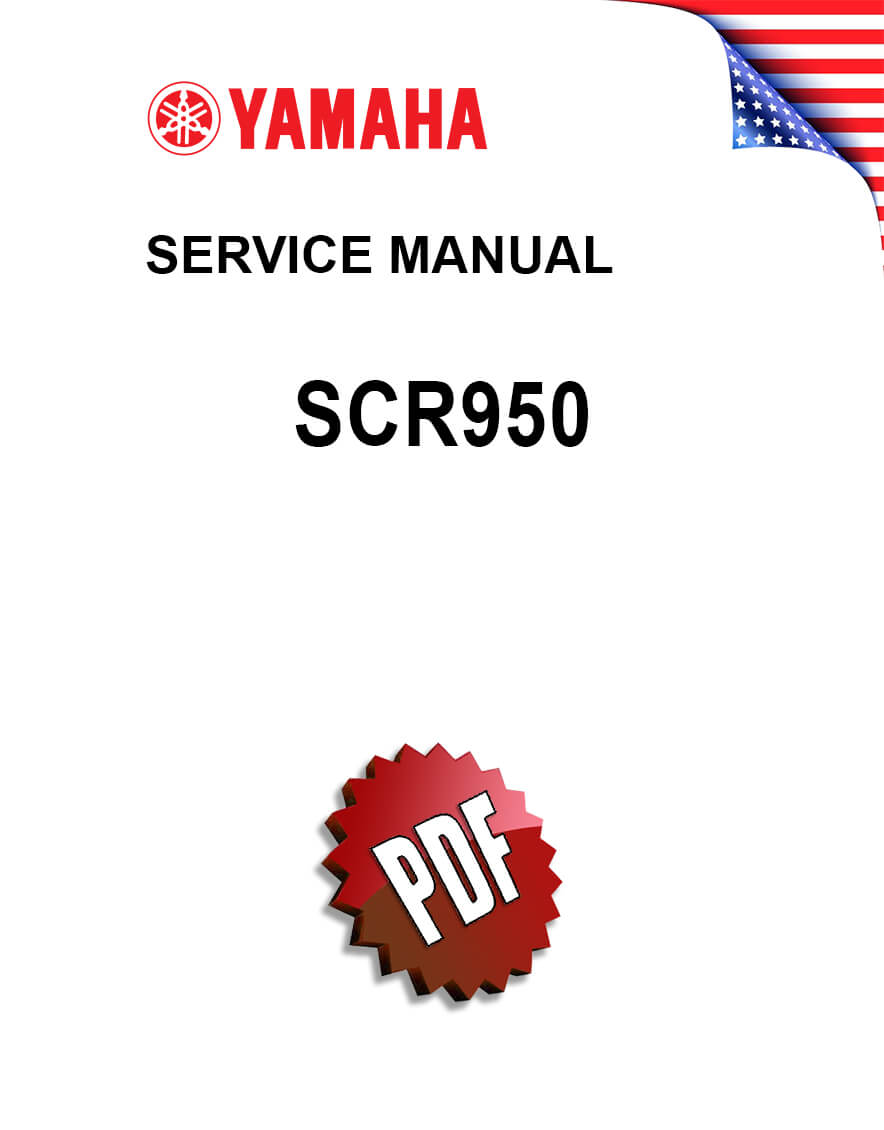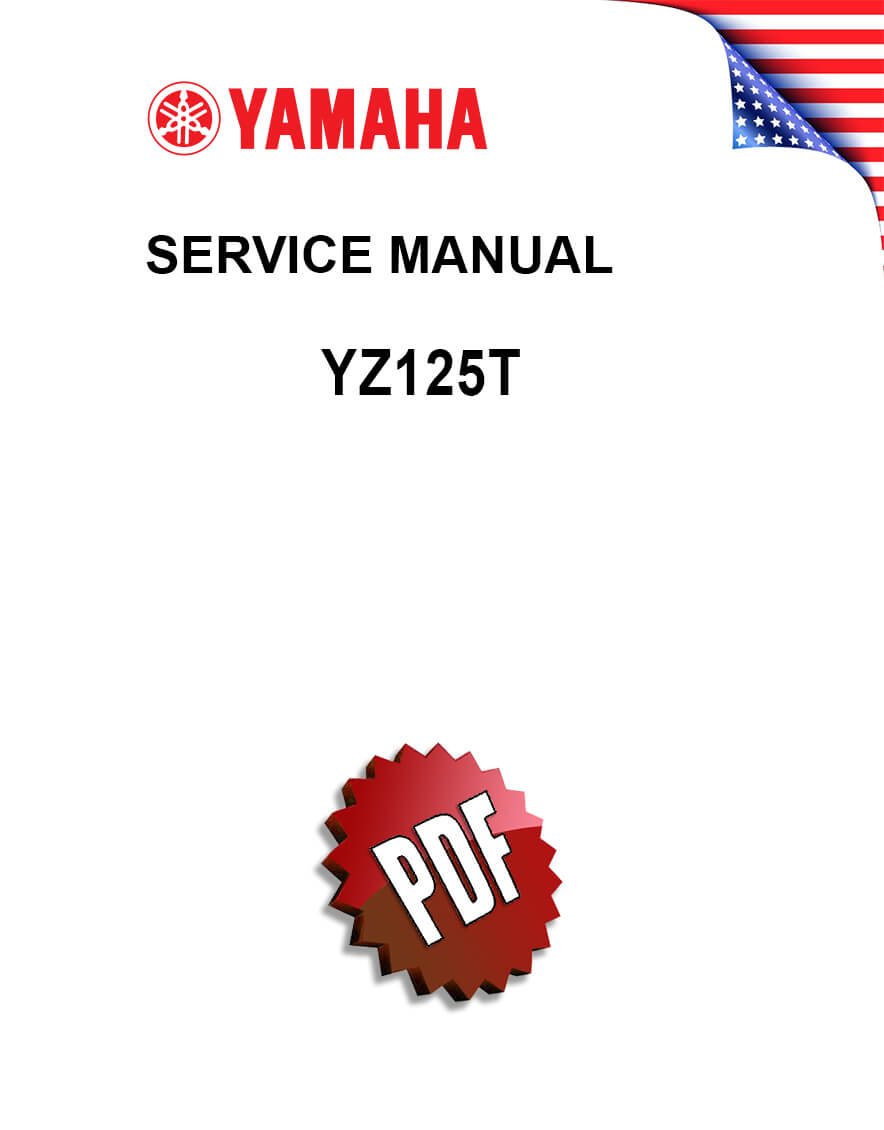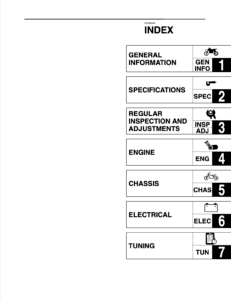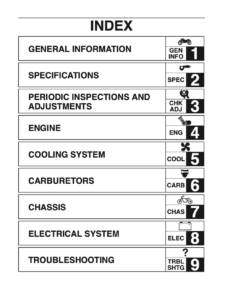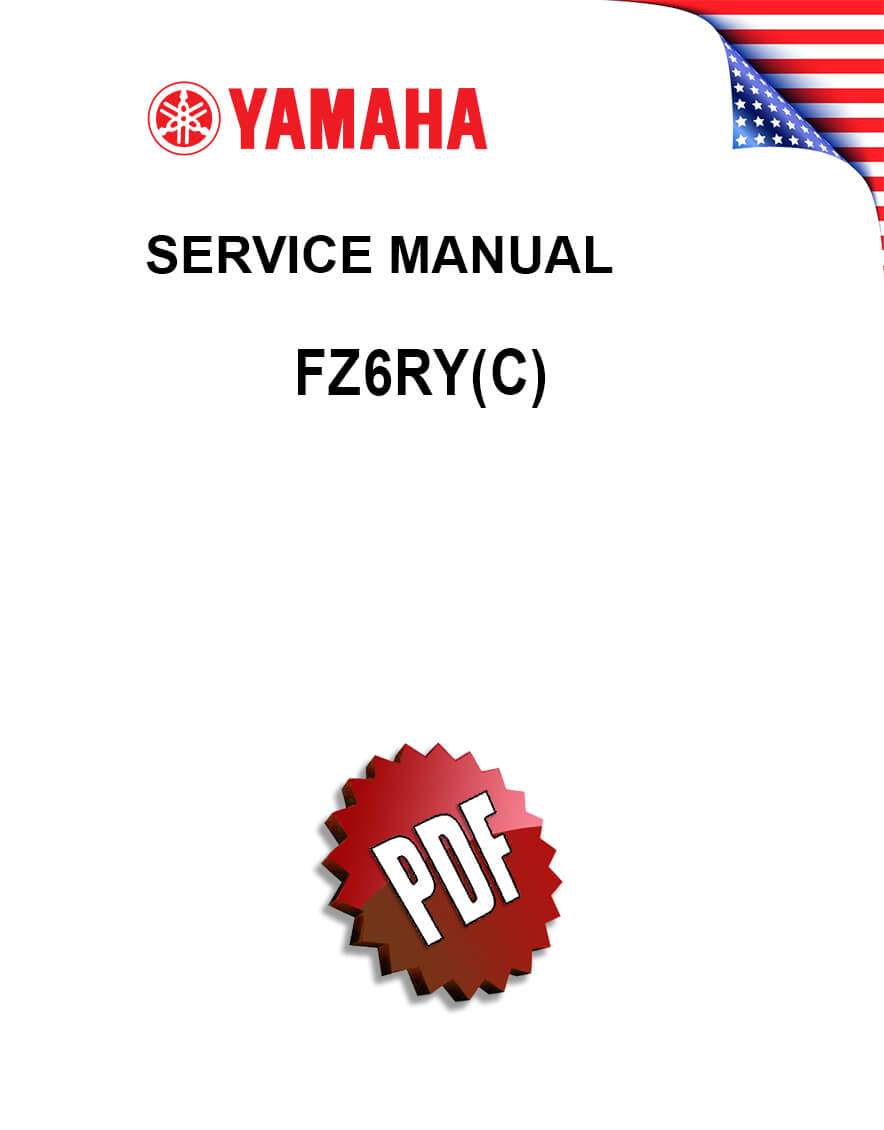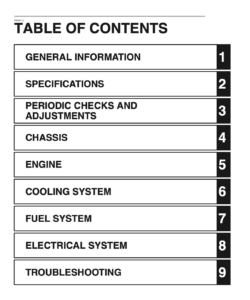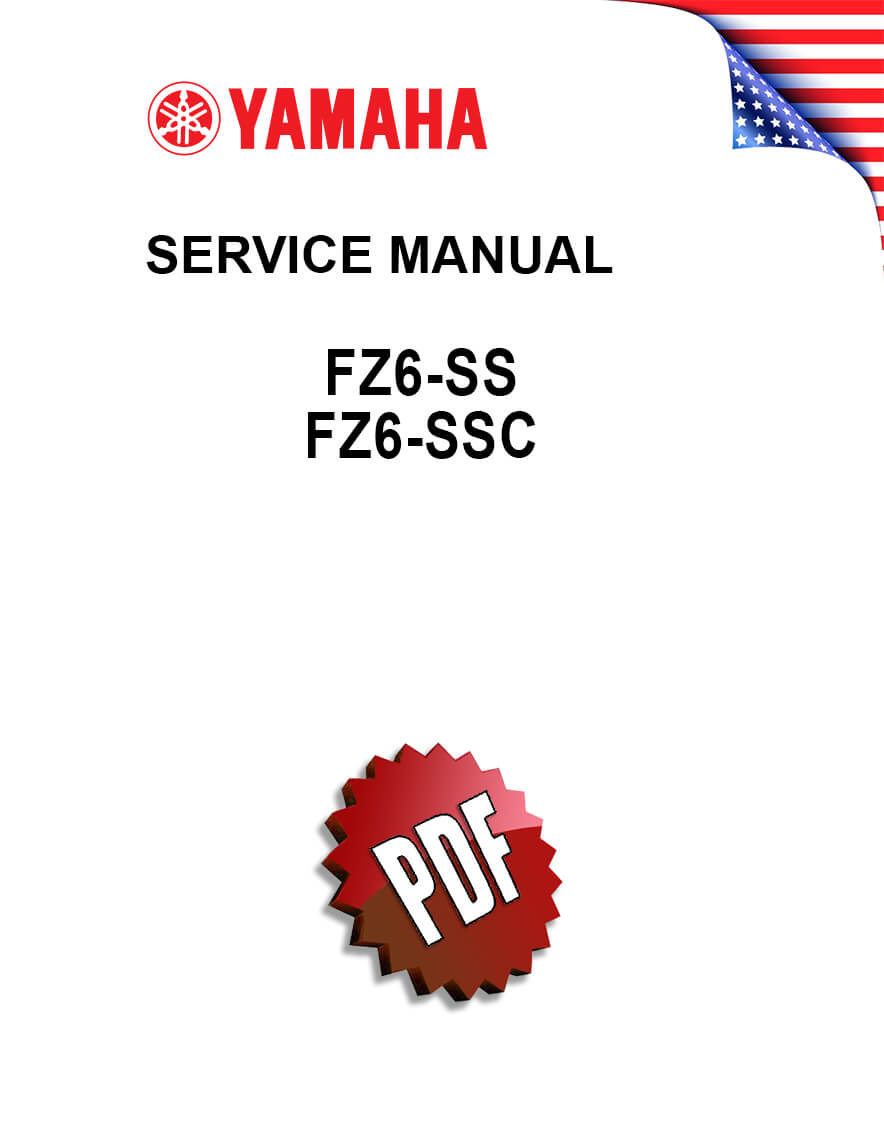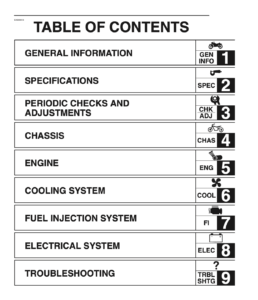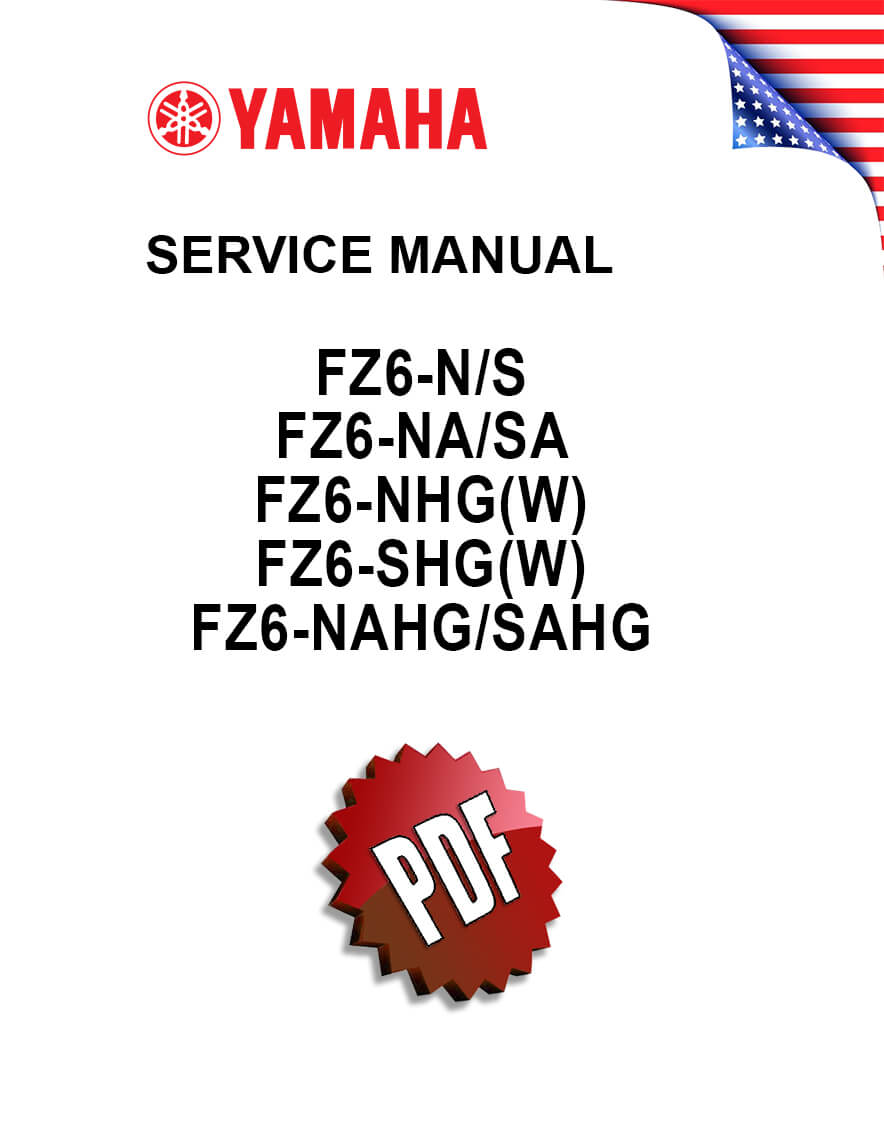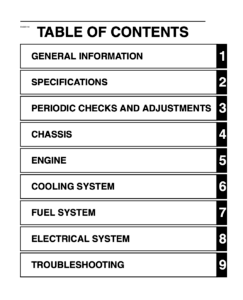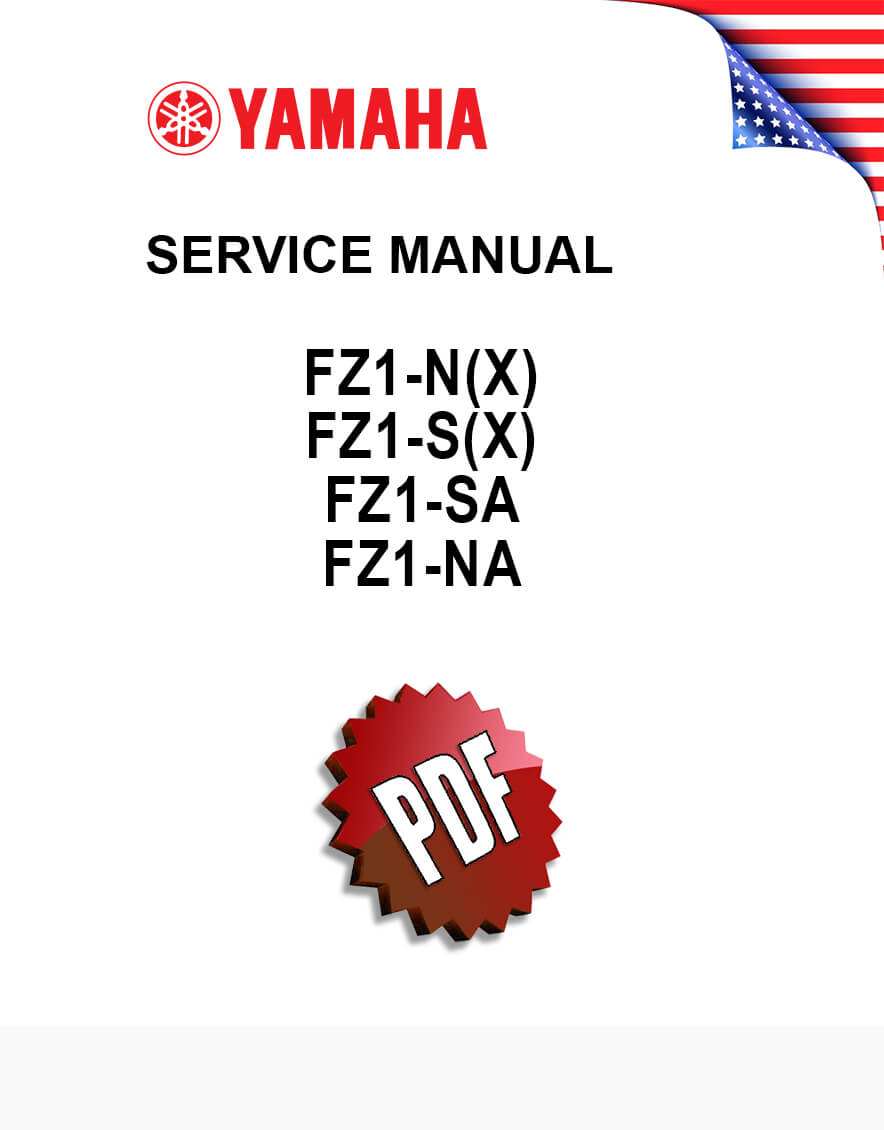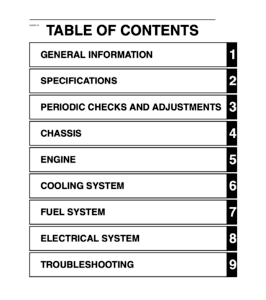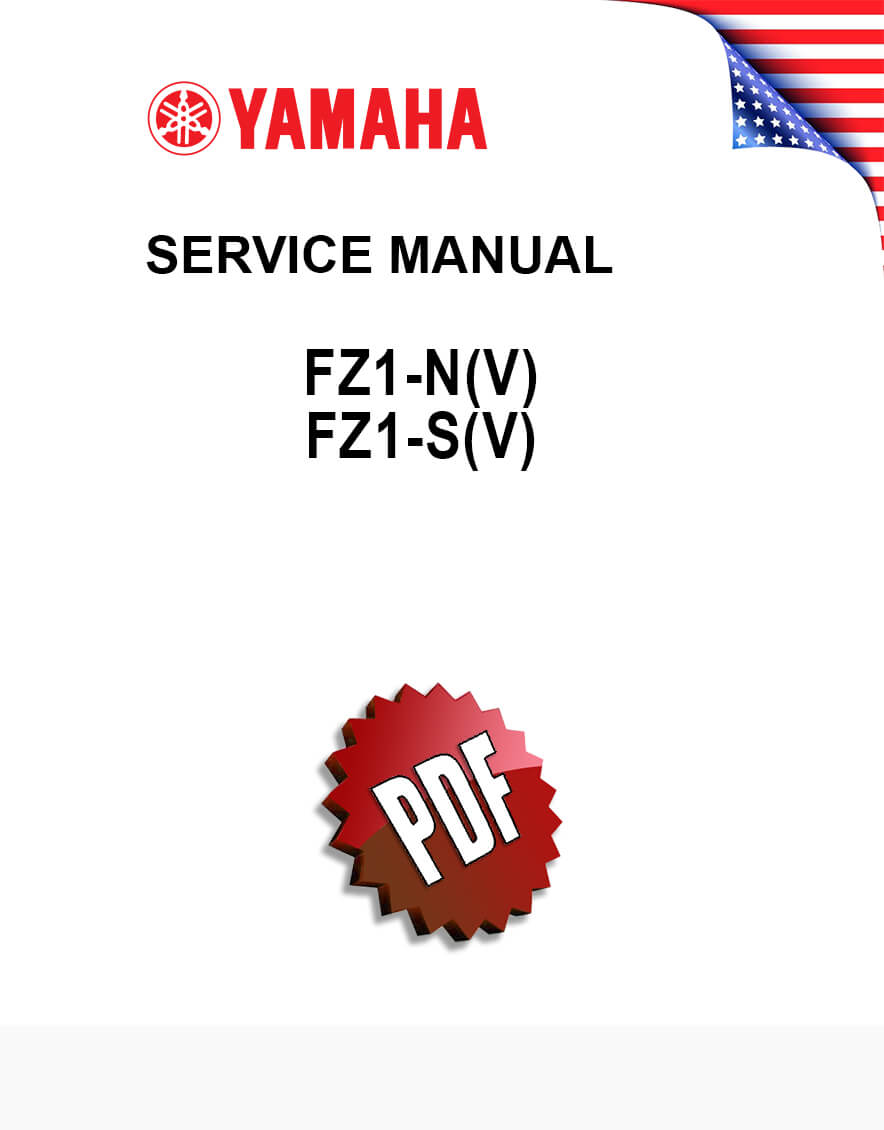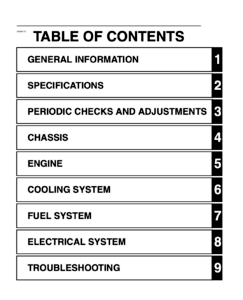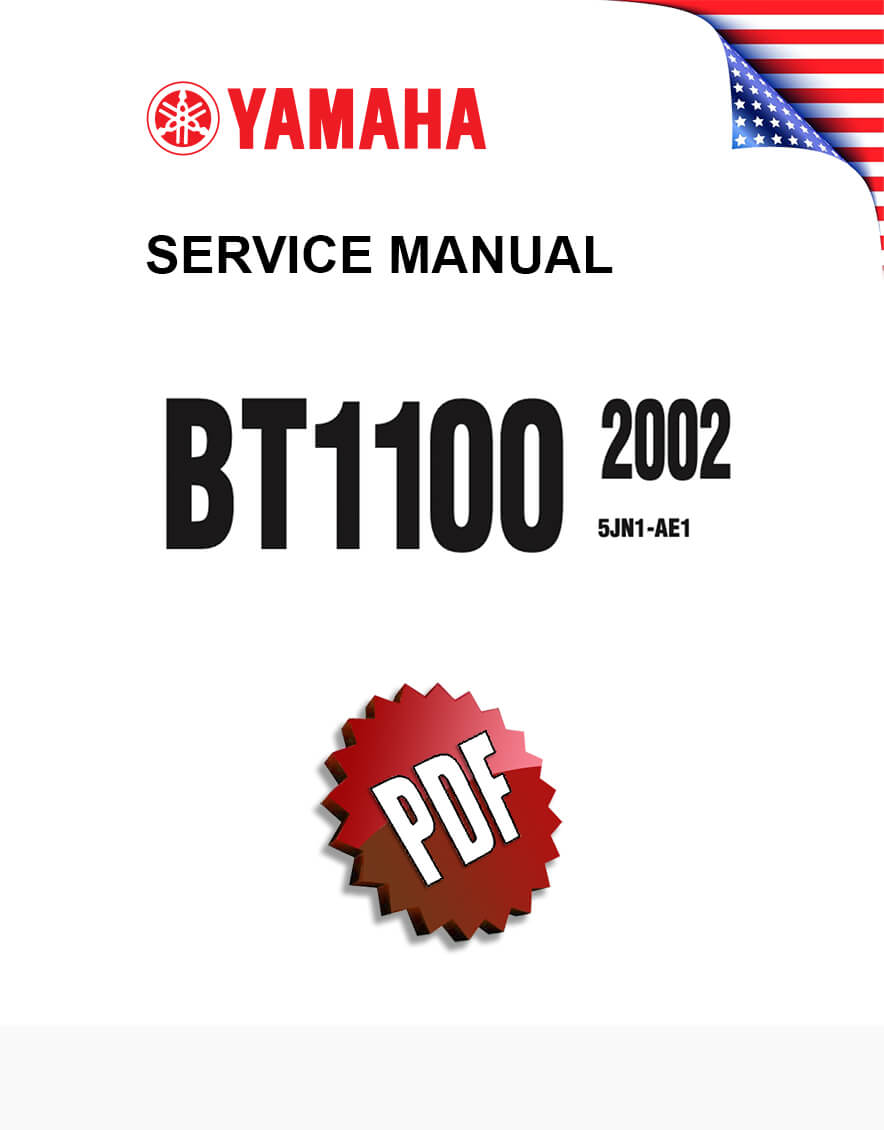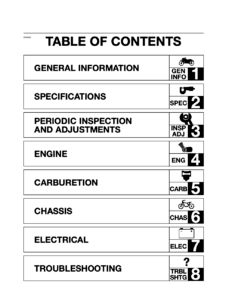Complete PDF version of the Service Manual for the Yamaha FZ600 Fazer. A MUST for every FZ600 owner.
Download: Immediately after payment!
OEM Original factory workshop manual.
Models covered by this manual: 1989-1999
Number of pages: 364 pages
Table of contents:

This PDF repair manual can be downloaded right after the payment process in complete, on the device of your choice. You will also receive the download link by email along with your receipt.
We do not offer printed manuals, for the following reasons:
- it is more eco-friendly to use a digital version
- your manual never gets dirty or greasy
- you can always choose to print the specific page(s) you need to work on your bike
- you receive your manual immediately after payment
- it is searchable

Yamaha FZ600
With increased interest in MotoGP Road Racing in the mid-1980s, Yamaha‘s first serious effort at a 600 cc “Race Replica” was the FZ-600. Because of the identical names and body style, many FZ owners confuse their bikes with the later FZR versions.
The Delta Box One-Frame, which was utilized on earlier FZ-400s, is a significant distinction between the FZ-600 and its replacement, the FZR-600. This resulted in more solid support, tighter handling, and less weight for the FZRs. Another major change was that the engine of the FZR-600 was pushed forward at a much greater angle, providing a lower center of gravity and much more handling capabilities. The almost horizontal angle also allowed the carburetors to be positioned vertically above the intake manifolds, allowing gravity to assist the venturi and allowing for substantial performance modifications such as velocity stacks. The FZR-600, on the other hand, owes a lot to its predecessor, such as the sleek body stylings, sensitive suspension, and race-oriented ethos.
History
The Yamaha FZ-600 was manufactured from 1986 to 1988 before being superseded by the FZR-600 (1989-1999). The FZ engine is a near descendant of the XJ-600 engine, which can be traced back through the XJ-550 to the XJ-400, a Japanese home market model. The same motor was utilized in the YX600 Radian. It also shared brakes with a large number of other Yamaha models before to, during, and after manufacturing. Until the conclusion of manufacture, the FZR-600 utilized the same front brake master cylinder (1999). Yamaha released the FZ “Pure Sport” variant in 1986, with additional performance-oriented improvements. When it was first produced, the FZ-600’s major opponents were the Kawasaki GPZ600 and the Honda CBR600F.
However, Suzuki’s GSX-600 Katana received little notice at the time, with the GSXR-750 receiving all of the focus.
Engine
The FZ came as a 4-stroke, four-cylinder, four-carburetor, naturally aspirated, air-cooled engine package mated with a six-gear constant mesh transmission, dropped into a rectangular tube frame that seemed pieced together from a modern standpoint, balanced upon a large rear mono shock hidden between the swingarm and subframe under the battery complementary to two smooth front forks. It sports two huge circular headlights that are emblematic of the Yamaha FZR’s enormous and small displacements. The gasoline tank features a triangular side shape that complements the frame nicely, a flat top, a fuel petcock at the bottom left, and an overflow hose fitting at the bottom of the front.
The four Mikuni BS-30 carburetors are “Round-Slide” designs, with the diaphragm assembly actuating the main needle jets and plastic floats and brass slides. It employs two ignition coils (two cylinders each), which are controlled by a TCI printed circuit board unit and are timed by a two brush “Pick-Up Coil” fitted to the crank. The engine oil also serves as transmission lubricant, lubricating the manual clutch. The FZ-600, on the other hand, was air-cooled, with a radiator-style oil cooler located on the front of the frame between the engine and front tire. It also had a powerful four-into-one exhaust system. It contains a 4-fuse fuse block that controls the headlights, turn signals, rectifier/regulator, and other components.
New Models
Since 1988, the FZ-600 has been superseded by not one, but three following generations of bikes made by Yamaha, making it just a museum piece, but still extremely enjoyable, affordable to buy, insure, and fantastic on gas, making it a superb touring or commuter bike. The “FZ” moniker has resurfaced in recent years with Yamaha’s new series of sport-touring bikes, which are provided as an alternative to the aggressive YZF-R1 and YZF-R6 models. The new FZ is available with either a 600cc or a 1000cc engine and may be ordered naked (without a fairing) or with a half-fairing. They share the same engine as their race-geared R1/R6 brothers, but their riding postures and suspension setups are more suited to daily street use and lengthy touring journeys.
These second-generation FZs have little to no resemblance to their forefathers, and the original FZ is never referenced in any marketing or PR for this new range.
Source: Wikipedia
